
Father’s Day Gift Guide For Carpenters
Father’s Day is just around the corner, and it’s time to show appreciation for the man who has always been there to fix things around
Maintaining a tool belt is important to ensure that it lasts longer and functions properly. Proper maintenance can also help to prevent injuries, as damaged or poorly organized tools can be dangerous to use. In this blog post, we will discuss various ways to maintain a tool belt, including cleaning and organizing it regularly, repairing or replacing damaged tools, inspecting and replacing worn or outdated tools, and more. Below are tips on how to maintain your tool belt so that it will last for a long time.
It can be beneficial to empty your tool belt on occasion in order to properly clean and maintain it. Emptying your tool belt gives you the opportunity to inspect your tools and ensure that they are in good condition. You can check for any signs of damage, such as bent or broken parts, rust, or cracks, and either repair or replace the damaged tools as needed. This can help to prevent injuries and ensure that you have the tools you need when you need them. Overall, emptying your tool belt on occasion can help to extend the life of your tools and tool belt, and ensure that you have the tools you need when you need them.
It is important to clean and organize your tool belt regularly to ensure that it stays in good condition and functions properly. Doing this can help prevent the buildup of dirt, grime, and rust, which can cause tools to become damaged or difficult to use. Organizing your tool belt helps you find the tools you need quickly and efficiently, saving time and increasing productivity.
Below is the proper way to clean the two types of tool belts; nylon and leather.

To clean a nylon tool belt, start by removing all of the tools from the belt and setting them aside. Next, use a soft brush or cloth to gently scrub the inside and outside of the tool belt to remove any dirt or debris. If there are any stubborn stains, you can use a mild soap or cleaner specifically designed for use on nylon. Be sure to avoid using harsh chemicals or abrasive materials, as these can damage the tool belt. Once you have cleaned the tool belt, allow it to air dry completely before replacing the tools. If the tool belt is particularly dirty or stained, you may need to repeat the cleaning process several times to fully remove the dirt and stains.
Some nylon pouches may be fine going in a washing machine, but it is probably best to remove the risk and scrub by hand. A bit of soap, warm water, and another towel is all you need to make it clean.
There are two ways to clean leather tool belts. The first step is to wash it with mild soap, and water or a small amount of baby oil. The second step is to wash it with alcohol and Vaseline. It is important to keep your tool belts in good condition so that you can use them for a long time, as the leather will stretch out if not properly taken care of.
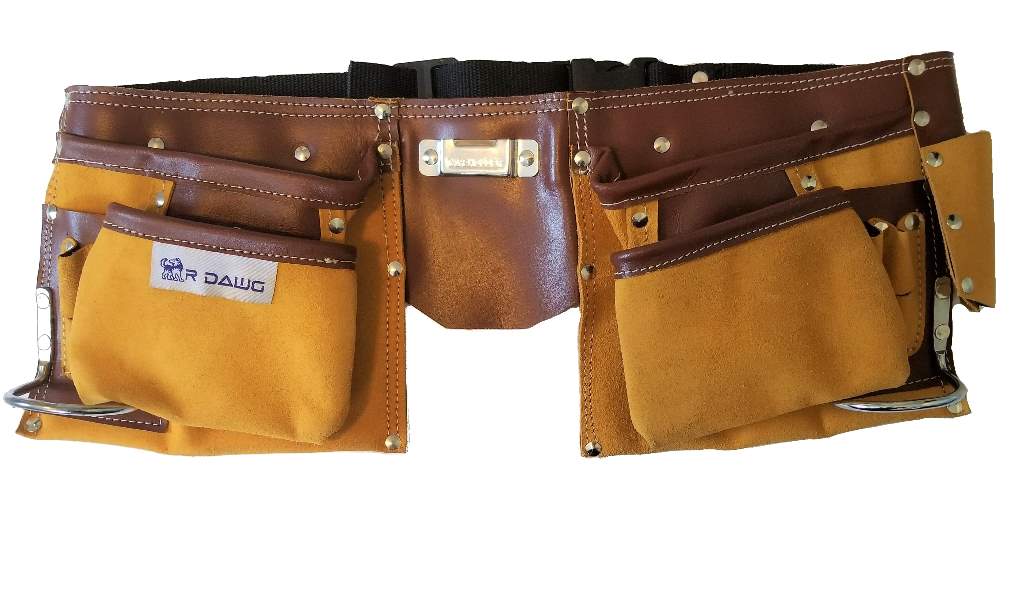
After cleaning them, hang the tool belt to dry, which can take 5 hours or more (one overnight is recommended). Once it’s dry, apply a leather oil protector which will take another couple of hours to dry again. This increases its waterproof characteristics and keeps it from drying out and cracking under too much pressure.
REMEMBER: DO NOT PUT YOUR LEATHER TOOL BELT IN A DRYER
Storing your tool belt in a dry and safe place is important to ensure that it stays in good condition and is available for use when you need it. Here are some tips for storing your tool belt:
Tool belts are like your tool of the trade. They are an investment that can help you finish your projects faster, whether it’s a DIY project or in the professional field. That’s why it’s important to take care of them and conduct regular maintenance. That is why treating your tool belt as a tool itself is an important aspect of maintaining it and ensuring that it lasts longer. To help you utilize efficiency on your tool belt, check out this blog.
Comment below any tips you have on how you restore and maintain your toolbelts or what you will be trying from this post.


Father’s Day is just around the corner, and it’s time to show appreciation for the man who has always been there to fix things around
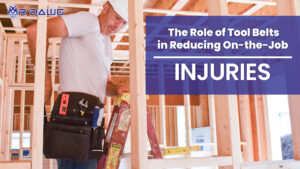
The importance of safety on the job cannot be overstated. A safe work environment protects employees from harm, reduces the likelihood of workplace accidents, and
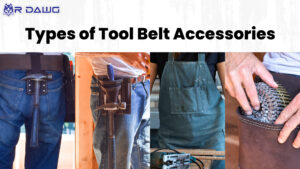
Tool belt accessories are designed to provide additional storage, organization, and convenience for workers, carpenters, and DIYers who need to carry tools and supplies on
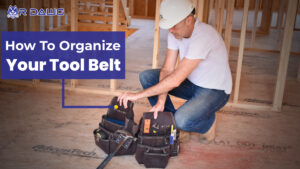
A tool belt is an essential piece of equipment for many trades and DIY projects. A tool belt that is organized allows you to keep
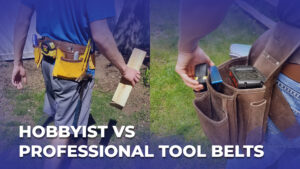
Tool belts are an essential part of any construction project. They help you work more efficiently and safely while on the job. A tool belt

There are different types of tool belts. The tool belt is a fantastic item to carry all the necessary tools at hand. It is much
We asked 100+ professional carpenters, woodworkers, and construction workers to help you decide the best tool belt for you.